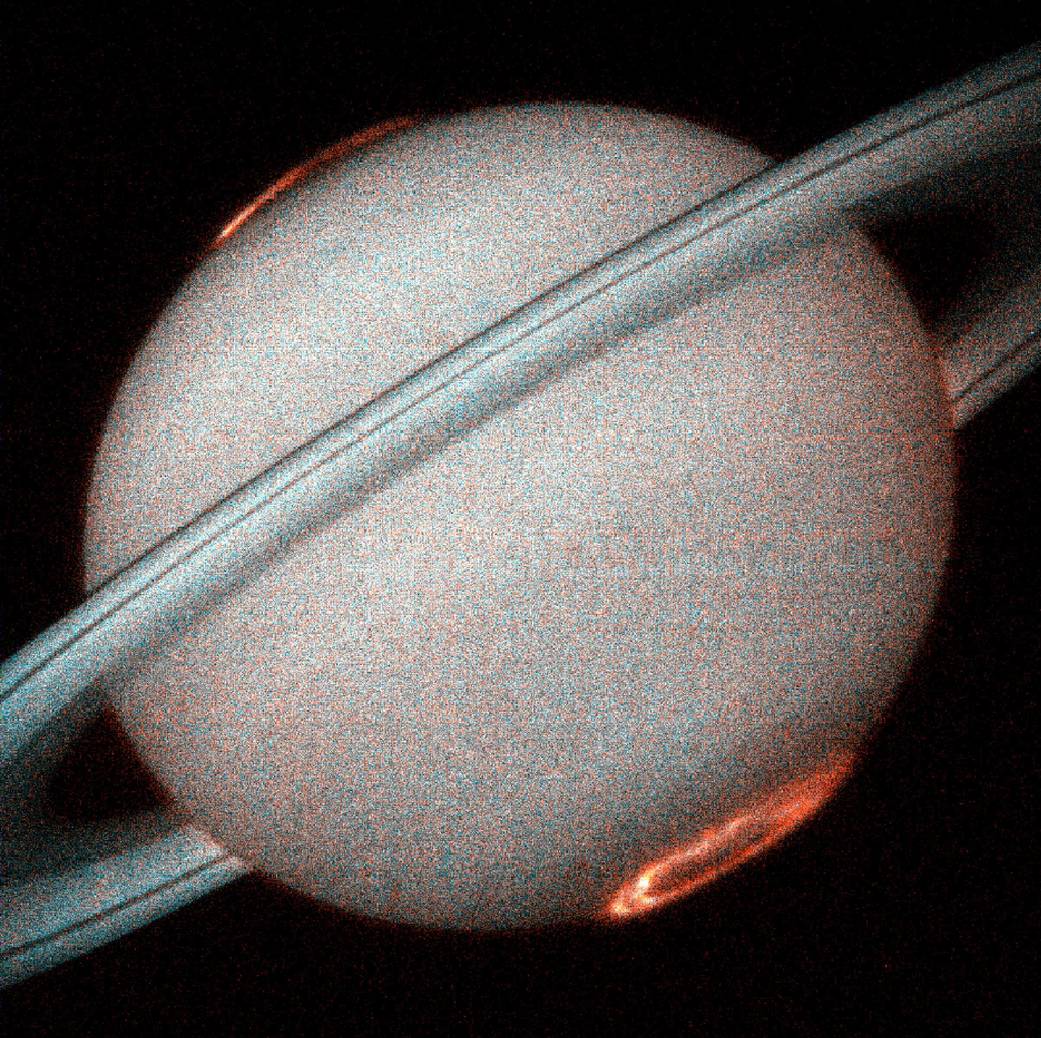 From the NASA site, last news about the Cassini mission.
From the NASA site, last news about the Cassini mission.
An aurora, shining high above the northern part of Saturn, moves from the night side to the day side of the planet in this movie recorded by Cassini.
These observations, taken over four days, represent the first visible-light video of Saturn’s auroras. They show tall auroral curtains, rapidly changing over time when viewed at the limb, or edge, of the planet’s northern hemisphere. The sequence of images also reveals that Saturn’s auroral curtains, the sheet-like formations of light-emitting atmospheric molecules, stretch up along Saturn’s magnetic field and reach heights of more than 1,200 kilometers (746 miles) above the planet’s limb. These are the tallest known “northern lights” in the solar system.
These auroral displays are created by charged particles from the magnetosphere that plunge into the planet’s upper atmosphere and cause it to glow. The magnetosphere is the region of electrically charged particles that are trapped in the magnetic field of the planet. The auroral curtains shown in the movie reveal the paths that these charged particles take as they flow along lines of the magnetic field between the planet’s magnetosphere and ionosphere.
The day side of Saturn scatters light toward Cassini, creating the overexposed triangle at the center of the left of the frame. Stars can be seen above the limb of the planet, trailing across the field of view.




 In the August and September 1977, two Voyager spacecraft were launched to fly by and explore the great gaseous planets of Jupiter and Saturn.
In the August and September 1977, two Voyager spacecraft were launched to fly by and explore the great gaseous planets of Jupiter and Saturn. Dopo una notizia interessante sul mondo Apple, ne arriva una un po’ inquietante, ma comunque divertente.
Dopo una notizia interessante sul mondo Apple, ne arriva una un po’ inquietante, ma comunque divertente.